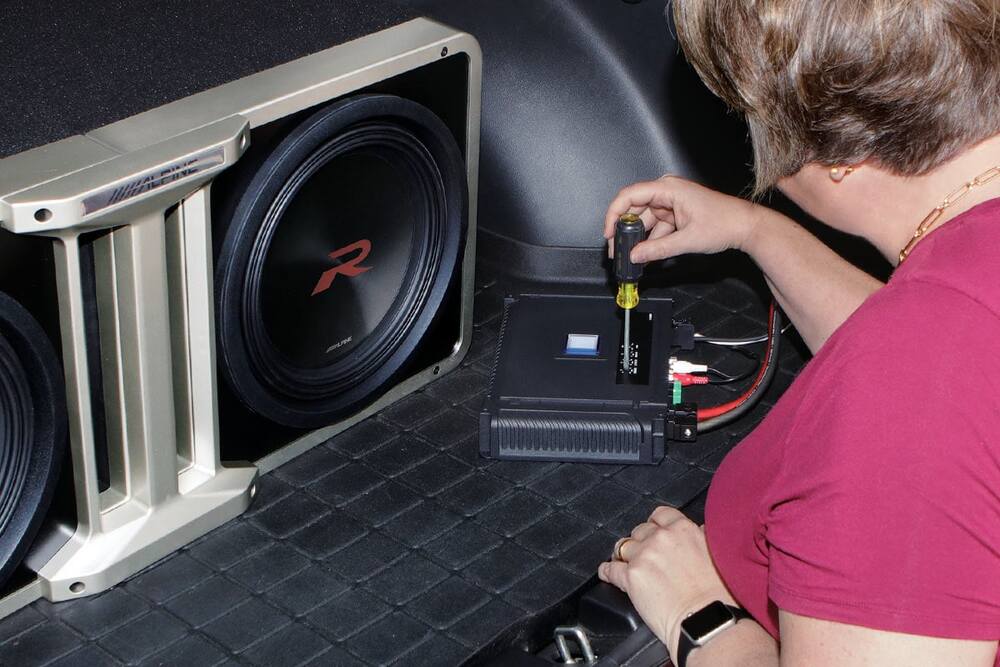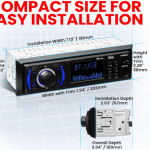Subwoofers are an integral part of any audio setup, adding depth and richness to your music and movie experiences. However, encountering a situation where your subwoofer only works at high volume can be frustrating. In this article, we’ll delve into the potential causes behind this issue and explore practical solutions to ensure you’re getting the best sound quality at any volume level.
Understanding the Issue: Having a subwoofer that only functions properly at high volume levels is a common concern among audio enthusiasts. This phenomenon can stem from various factors, each requiring a specific approach to rectify the problem.
Causes and Solutions:
Inadequate Power Supply:
Cause: A subwoofer might demand more power than your current setup can provide, resulting in poor performance at lower volume levels.
Solution: Upgrade your power amplifier or receiver to one that can handle the subwoofer’s power requirements more effectively. This ensures that the subwoofer receives sufficient power even at lower volumes.
Crossover Settings:
Cause: Incorrect crossover settings can lead to a subwoofer only being audible at higher volumes, as it might not be properly integrated with the main speakers.
Solution: Adjust the crossover frequency settings to ensure seamless blending between the subwoofer and main speakers, allowing it to function optimally across all volume levels.
Room Acoustics:
Cause: Poor room acoustics can lead to sound waves canceling each other out, causing the subwoofer to be less noticeable at lower volumes.
Solution: Implement acoustic treatments like bass traps and diffusers to enhance the overall sound distribution within the room, improving the subwoofer’s performance at all volume levels.
Driver Issues:
Cause: A damaged or worn-out driver can result in reduced subwoofer performance, especially at lower volumes.
Solution: Inspect the subwoofer’s driver for any visible damage. If necessary, replace the driver with a compatible and high-quality alternative to restore balanced sound output.
Phase Alignment:
Cause: Improper phase alignment between the subwoofer and main speakers can lead to diminished low-frequency response at lower volumes.
Solution: Use a phase adjustment tool, often available on AV receivers or subwoofer processors, to ensure proper phase alignment, improving the subwoofer’s performance across volume levels.
Signal Input Levels:
Cause: Low input signal levels can result in the subwoofer’s inefficiency at lower volumes.
Solution: Adjust the input signal levels using the subwoofer’s volume control or the receiver’s settings to achieve a balance that maintains subwoofer performance regardless of volume.
Listening Preferences:
Cause: Sometimes, the perception that the subwoofer only works at high volume can be due to personal listening preferences, where the low frequencies might be more noticeable at higher volumes.
Solution: Experiment with different listening preferences and settings to find a balance that suits your auditory preferences across various volume levels.
Conclusion
Experiencing a subwoofer that only functions optimally at high volume levels can be puzzling, but with the right troubleshooting, you can enhance its performance across the entire volume spectrum. By addressing factors like power supply, crossover settings, room acoustics, driver issues, phase alignment, signal input levels, and personal preferences, you can ensure a consistent and impressive audio experience regardless of the volume level. Remember, understanding the causes and implementing the appropriate solutions can bring back the full potential of your subwoofer, enriching your audio adventures to the fullest.









